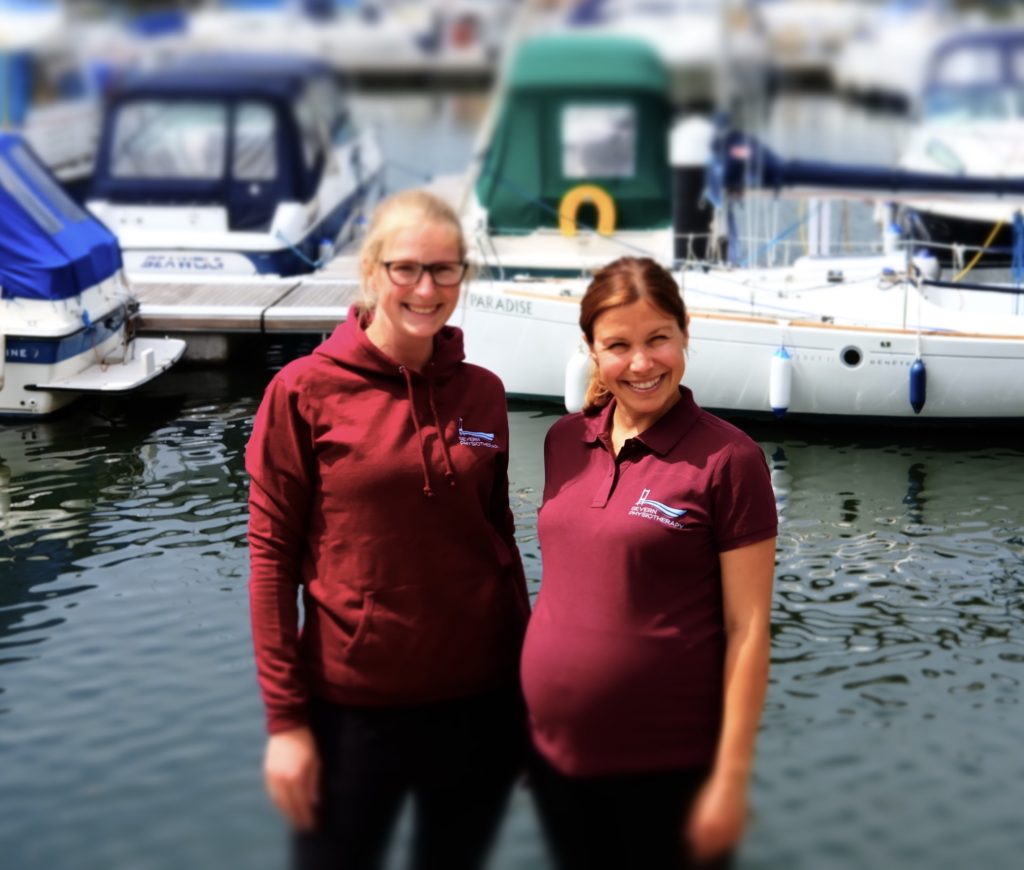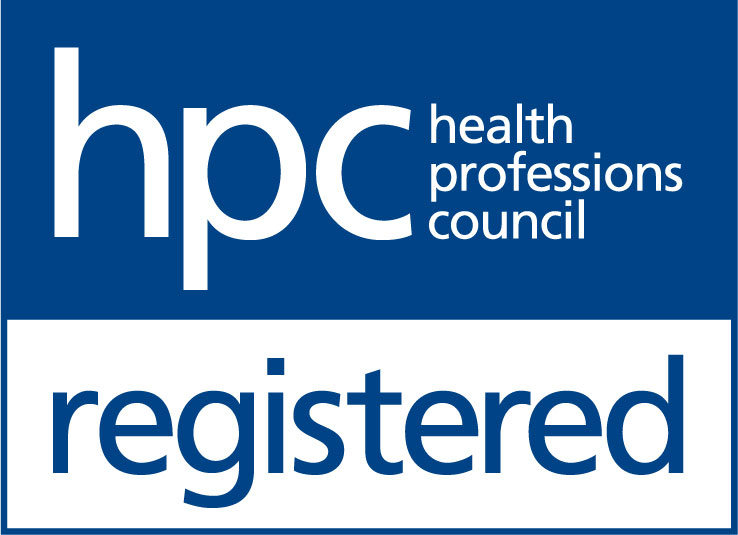The National Osteoporosis Society recently released Strong, Steady and Straight, a comprehensive guide for exercising with Osteoporosis. Click here to see their full guidance. Below is a summary of their suggestions…
Key Messages
- Physical activity and exercise are key to living well with Osteoporosis; these will improve your bone health and reduce your risk of falls
- If you have Osteoporosis, you should do more rather than less
- Physical activity does not put you at risk of significant harm, including the risk of fractures; it is important to exercise in the right way for you
- If you have had a vertebral fracture, you should have advice on how to adapt your day to day movements to reduce your pain, as well as exercises to improve your posture
Exercises should address the following three areas:
Strong
Weight bearing exercises should be done most days of the week. If you are frail or have have had a vertebral or other low-trauma fracture you should try to do 20 minutes of low impact activity, such as walking. You should try to avoid sitting for long periods of time.
On 2 to 3 days a week you should do resistance exercises; these are activities designed to feel a push or pull on the muscles. If you are already strong, you can use weights or resistance bands, if you are just starting out you may find resistance from gravity is enough.
It is important to strengthen the back muscles as these will improve the strength in the bones in your spine.
Steady
Since Osteoporosis increases your risk of breaking a bone, preventing falls is very important. This link will take you to some simple suggestions from our website on how to prevent falls. If you feel unsteady on your feet you can talk to your GP about referral to your local falls prevention service.
Working to improve your posture may also reduce your risk of falls.
Straight
It is important to protect the natural curves in your spine. Sometimes, people with Osteoporosis develop a “hunched” posture.
It is important to use a good technique when lifting to prevent excessive strain through your spine. You can also do exercises to strengthen your back muscles. Doing a high number of repetitions of these exercises at a low intensity will improve the endurance of your muscles.
Safety
As we said above, it is important to remain active. If you are unsure about how to exercise safely, you can take advice from your GP or Physiotherapist. Many gyms also have staff who are specially trained in exercising with osteoporosis.
We also offer home visits, if you would prefer a one to one approach. On a home visit we can offer advice and treatment programmes to help you to manage your Osteoporosis.
Get in touch today if you’d like to know more about how we can help.



